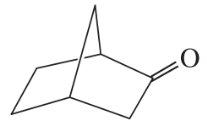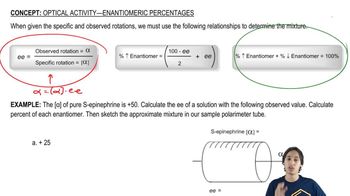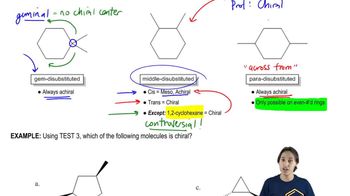What type of isomerism is indicated by each of the following pairs of molecules? Be as specific as possible.
(a)


 Verified step by step guidance
Verified step by step guidance Verified video answer for a similar problem:
Verified video answer for a similar problem:



 1:41m
1:41mMaster Different atoms or different connectivity. with a bite sized video explanation from Johnny
Start learning